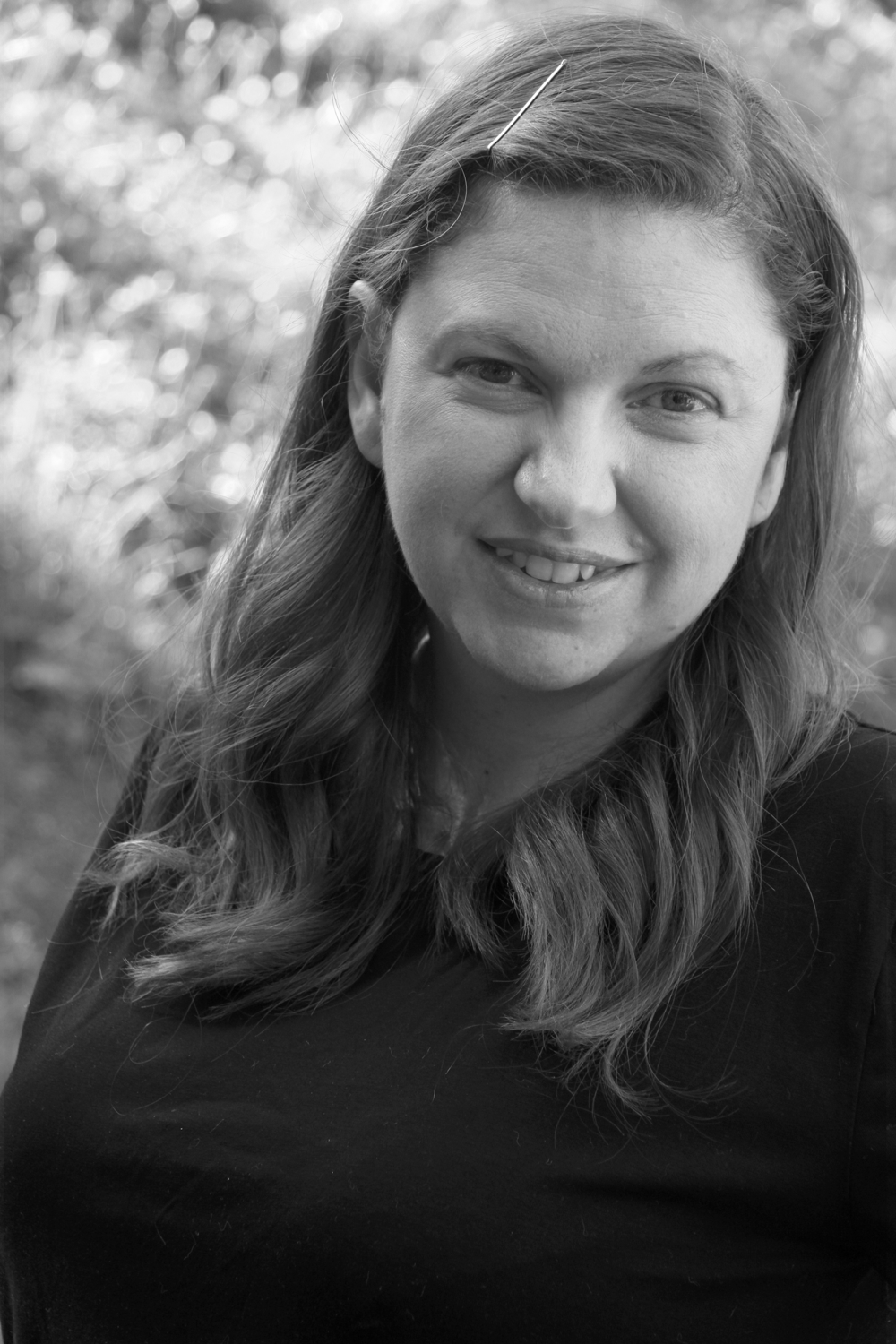While We Stand Still
- Christina

- Mar 17, 2020
- 4 min read
Updated: May 25, 2020
De-stressing, Biophilia & Design
With everything going on lately, I feel like so much of what I have learned about wellness design is applicable in a unique way. So I thought I'd share a little about what biophilia and biophilic design has done for me and what you can do.

I've been pulling my thoughts back to my wellness studies. Part of last year I went searching for any and all answers to what creates a mentally well state in our environment. Physical health is nothing without mental health - mental strength during times of stress.
During that search I found resilience, positive psychology, growth mindset, and biophilia and started studying them in conjunction with one another.
Resilience training builds you a toolkit of activities you can rely on to de-stress, find focus, lower your anxiety, and regain a calm mental space of balance.
Positive psychology embraces whats good in your life and works to build a deeper foundation.
A growth mindset perspective acknowledges that times can be stressful but stress is not the final destination but only temporary. Overcoming struggles is a natural part of progress.
Biophilia is our innate need to connect with living things and nature. Biophilia is a mental restorative theory on nature and its health benefits.
Wellness of mind and resilience comes from preparing for hard times, training your brain while your mental state is well. The thought patterns you create during unstressful times create healthy patterns of stability and restores your mental state from day to day stressful activities. When stress levels increase, the brain patterns remain stable and produce that calming effect you established during healthy times.
A Biophilia Mental Exercise:
Recall a favorite memory of an outdoor space, a vacation, or an event. Imprint an image of a time you greatly enjoyed, you can try using a photograph if needed.
Imprint that image with a full array of physical senses:
touch (with the wind on your skin, the feel of a leaf in your hand)
smell (with the trees, the salt from the ocean)
hearing (with the water, the sound of birds)
taste (maybe your were enjoying some coffee in the morning)
sight (with the blue skies and clouds)
Repetition:
Repeating this exercise is essential especially if you revisit the location. Perform it when you are not stressed is the most important part of building resilience.
Take a moment to be mindfully present and aware of your thoughts and feels. Explore the memory to discover new elements of nature maybe you hadn't thought about before. Further imprinted that image again recalling the wind, the light, the smell of the outdoors.
Mental Benefits / Stress Reduction:
Connecting with your biophilia dimensions is scientifically proven to lift your mental state to a restorative space. Use this imprint to further exercise my biophilia skills. (For clients, I research the studies and provide documentation.)
A Few Biophilia Dimensions:
As defined by Stephen Kellert who came up with the biophilia hypothesis (paraphrased and extended with my interpretation for greater explanation):
The Aesthetic dimension of biophilia serves to appreciate nature on an ideal level of beauty. Beauty elements include harmony, patterns, vistas, and wildlife...restorative immersion into nature develops with the positive conformation of the ability of a scene to sustain life, provide food, shelter, and the prospects of a plentiful life.
The Naturalistic dimension of biophilia serves to elevate the mind to a state unlike the previous dimension. A person experiences a personal connection to nature with reverence, intrigue, and trepidation. A naturalist seeks knowledge, explanation, and a deeper connection with nature. Levels of mental restoration and health benefits are derived with an individual spending time in nature in this dimension.
Not all biophilia dimensions produce the same mental restorative state and some go to bio-difference and biophobia (more on that another time).
How does this all connect to design your probably asking yourself.
Stephen Kellert's biophilia dimensions outline how our brain perceives nature which can also be extended to how our brain perceives our indoor environment - whether it offers restorative benefits or not.
Biophilic Design principles, defined by Stephen Kellert, are a set of parameters for a restorative, biophilia space in our interiors. One of the principles “emphasizes an emotional attachment to particular settings and places.”
Our homes, our offices, our yards, our gardens from repetitive interactions are the places we develop an emotional attachment too. However the restorative nature or biophilia of a space might be lacking in its design to provide what we need to maintain our health.
If positive psychology teaches us how to imprinted image that works to reduce stress, sometimes the images of our interior spaces in our brains cause us stress the opposite attributes of biophilia.
Biophilia doesn't stop as we walk in the door. Biophilia occurs in interiors, we take those restorative qualities from the biophilia dimensions (and also the dimensions of bio-indifference and biophobia) and transfer them to our home, our office spaces, our garden and landscaped front yards. It either expands or contracts, effecting our health within our everyday lives. Biophilia is a natural process most people aren't even aware of but express it and feel the effects of it.
Biophilia is here to restore your mental state. To create a bond - that innate connect to nature and create a higher level of understanding of our surroundings both of outdoor spaces and our built environment.
If only for now we sit and analyze, let us recall and imprint memories that restore us, lower our stress and consider the restorative values of our homes and offices and if they need a biophilic design to improve our health.










































Comments